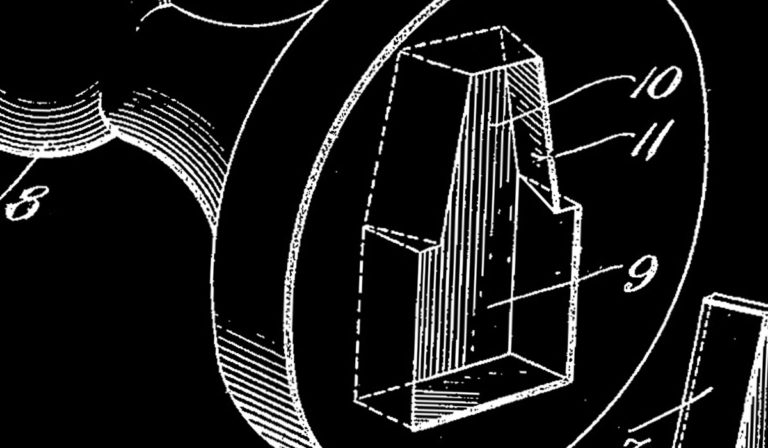My great-grandfather, Clarkson Valentine Hendrickson Jr. (1890–1964) was a mechanical engineer or draftsman as I remember my father describing his occupation. But I never had any idea of exactly what projects he may have worked on.
After a little research I was able to uncover that in 1917, at age 27, Clarkson worked as a mechanical draftsman for Thomas E. Murray. 1 Murray was an inventor, and engineer who was responsible for the design and construction of nine power stations in New York City, bringing electricity to the masses. 2 On his World War I draft registration card, Clarkson claimed an exemption because he was working for a public utility company. 3
In 1942 Clarkson worked for American Cyanamid in New York City. 4 American Cyanamid was primarily a chemical company with over 30 subsidiaries. “Its most important contributions to the war effort came from the pharmaceutical division which supplied typhus vaccines, gangrene anti-toxin, and dried blood plasma to the armed forces”. 5 There is no way of knowing what Clarkson’s exact role at the company was.
Although this information doesn’t exactly clear up the mystery for me, it does give an idea of the industries that he worked in.
A little more digging revealed that Clarkson had filed a patent and naturally, I was curious to find out what he had invented. But first, what exactly is a patent? A patent gives the right to the inventor to exclude others from making, using or selling their invention. 6
On 9 April 1915, C.V. Hendrickson Jr., and John F. Mergendeller both of Brooklyn, New York, applied for a patent for a fixture support used for attaching fixtures to a wall. After they renewed their application, patent no. 1249955 was granted on 11 December 1917. 7

The co-inventor on the patent, John F. Mergendeller worked in construction for the Panama Canal. 8 He and Clarkson knew each other through their wives’ families. Mabel (Aldrich) Mergendoller and Olive (Anderson) Hendrickson were cousins. How Clarkson and John came together to invent a fixture support, one can only guess.
It’s unknown if they were ever able to license or manufacture their product. Although a fixture support may not seem like a big deal it might have been the first of its kind. I say this for two reasons.
-
Even though their patent art is still cited today by other patents granted to Moen, Kohler, NASA, Kenney Manufacturing, and others, Clarkson and his partner did not cite previous art. 9 When an inventor applies for a patent they need to make sure their patent is distinguishable from other patents, including ones in the public domain 10 Given that they did not cite previous art suggests there was nothing to compare it to. I am also not a patent attorney, so there could be other reasons I am not aware of.
-
As the patent states it’s main application was to support racks, brackets and cabinets. And while towel racks have been around for a very long time, while looking through patents for towel racks, I noticed that early models were either free-standing or screwed into the wall. 11 That’s what makes my great-grandpa’s invention different. His fixture support hides the screws and provides more durable support.
So, there you have it. That’s my great-grandpa’s big invention and how he became a regular “fixture” in the modern day bathroom.


Hi Desiree!
This is Clark Valentine Hendrickson,III "Val"
I have all CVH jr addresses Brooklyn/ Illinois 20th century if you need them.
Also CVH the first work resume
There is a family ledger from 19th century I can get to you.
Do you have my father’s( Robert earl Sr) work on family tree.
give my love to all
Val
Hi Val!
Good to hear from you and glad you were able to read the blog post. I have an old copy of a family tree that your Dad gave my Dad. I have a bunch of addresses, but could be missing some. Would absolutely love to see a copy of the ledger and any other work your Dad may have done. Would very much appreciate it! Thanks
"Des"
c.valhendrickson@gmail.com